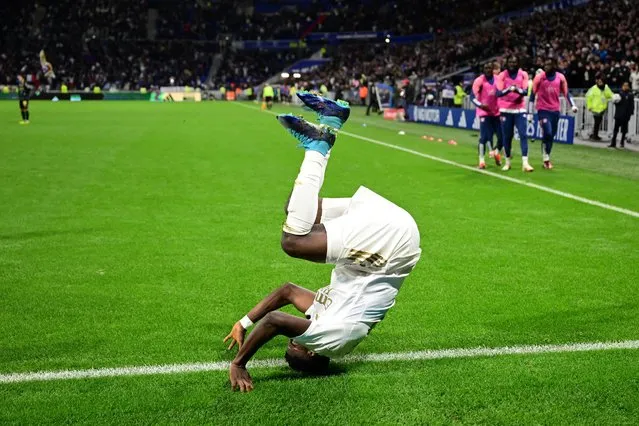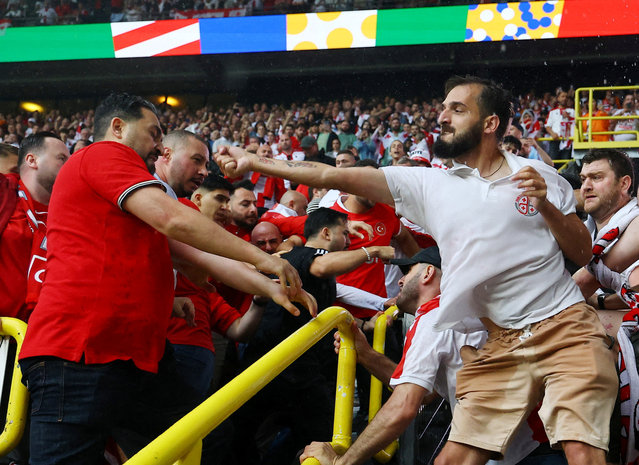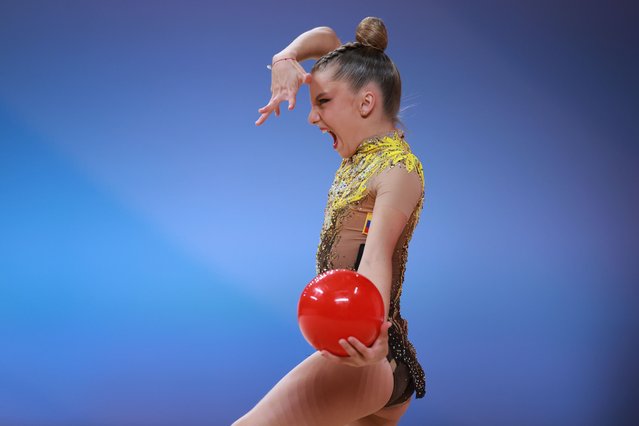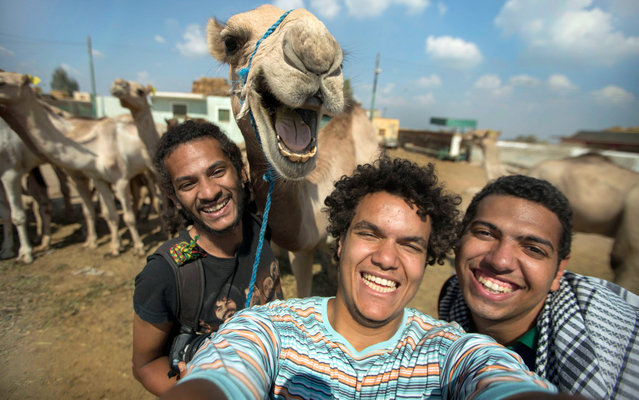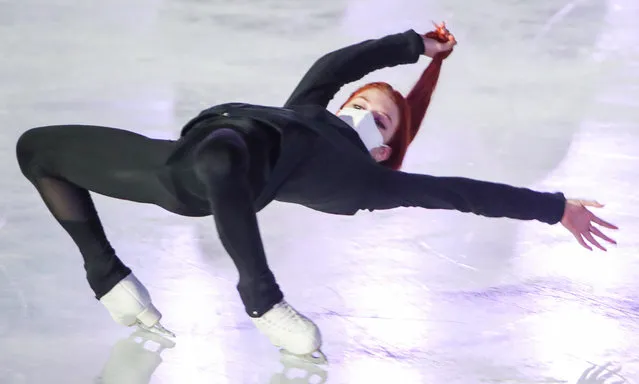
Figure skater Alexandra Trusova of Team ROC practices during a training session at the 2022 Winter Olympic Games, at the Capital Indoor Stadium in Beijing, China on February 19, 2022. (Photo by Valery Sharifulin/TASS)
23 Feb 2022 06:44:00,post received
0 comments

